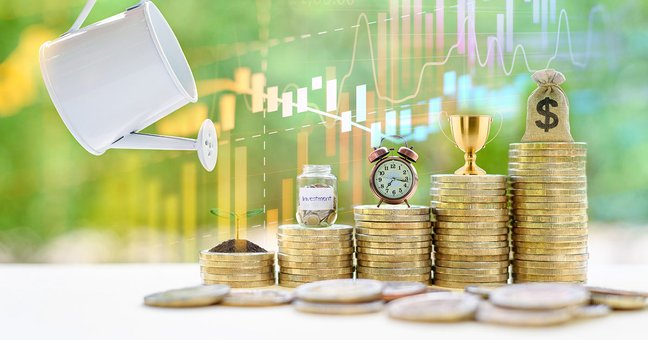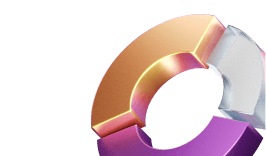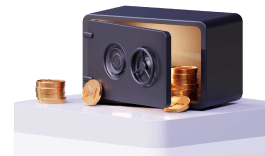What Is Quick Ratio and How to Calculate It?
Most of you have probably heard the term acid-test ratio, which is actually the same as quick ratio meaning. It is a tool used by investors to measure the company’s reliability and ability to pay out dividends as per its liabilities. When we say dividends, we mean assets that can be quickly converted into cash, short-term investments, marketable securities, and other types of cash equivalents.

In this article, we will dive deeper into the quick ratio definition to understand not only how it works but also how to calculate it. You will learn how to utilize a simple formula along with several simple quick ratio examples.
What Does Quick Ratio Mean?
As stated earlier, the quick ratio comes as an instrument to measure a company’s ability to pay in short-term investments also known as quick assets. They generally come with high liquidity. To calculate a quick ratio, you will need to consider:
- Short-term investments.
- Cash equivalents.
- Account receivables.
- Current liabilities of the company.
The formula is quite simple. You need to divide the sum of points 1, 2, and 3 by point 4.
up to 200%

from 0 pips

Trading platform

How to Read Quick Ratio
The process does not require special knowledge or skills. If the result of the action mentioned above is less than 1, it shows a company with actually zero liquid assets to pay out as per current liabilities. In other words, you should be very careful when considering this particular company for potential investment.
Vice versa, when a company’s quick ratio equals 1, it means the sum of all liquid assets is equal to the company’s current assets. Besides, it is a good sign for investors, as the company has enough resources to repay its current debts without the need to sell long-term assets, which means it can keep the level of productivity and potential diversification in the long run. When the quick ratio exceeds 1, it depicts a company with a bigger amount of quick assets that exceed current liabilities.
Note: when the company’s quick ratio increases, so does the liquidity. It is a good sign not only for investors but also for creditors who expect the company to repay debts promptly. At the same time, a high ratio is not always good, as it shows accumulated cash that seems to stagnate instead of being repaid, reinvested, or used for some other productive purposes.
Quick Ratio Example
Let’s take an imaginary company that is applying for a loan with the aim of expanding its operations. You may need a detailed balance sheet that will make it possible to calculate quick ratio/ The balance sheet of our imaginary company is as follows:
- Cash equivalent - $10,000.
- Inventories - $2,000.
- Prepaid taxes - $500.
- Account receivables - $10,000.
- Stock investments - $4,000.
- Current liabilities - $15,000.
The calculation should be: $10,000 + $2,000 + $500 + $10,000 + $4,000/$15,000 = 1.16
The level of quick ratio shows the ability of the company to repay all of its running liabilities using its liquid and quick assets with some of them even remaining.
This material does not contain and should not be construed as containing investment advice, investment recommendations, an offer of or solicitation for any transactions in financial instruments. Before making any investment decisions, you should seek advice from independent financial advisors to ensure you understand the risks.
